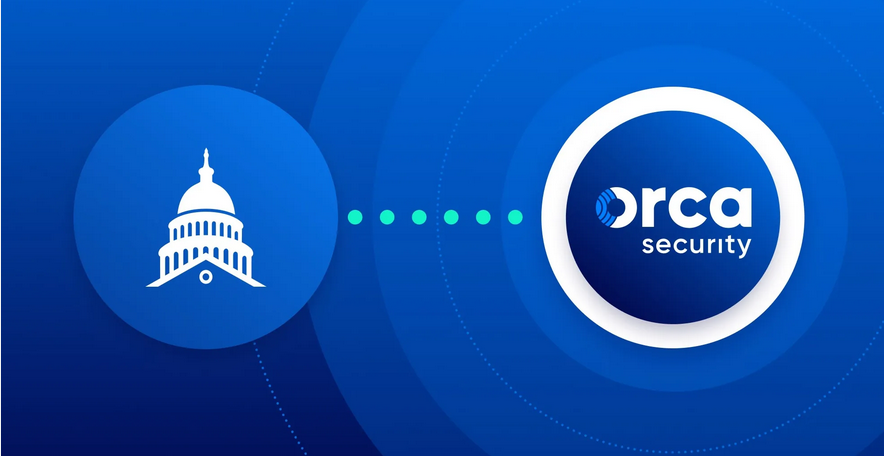When onboarding containers to a CSPM tool, you may encounter several roadblocks. These roadblocks can impede the smooth integration of container security into your cloud environment. Here are some common roadblocks and mitigation best practices:
- Lack of container visibility: Containers are highly dynamic, and it can be challenging to maintain visibility into their activities and configurations.
Mitigation tips: Utilize container orchestration tools such as Kubernetes to provide better visibility into containers. Integrate with container runtime security solutions for real-time monitoring. Ensure your CSPM tool has the capability to discover and track containers in real time.
- Complex container orchestration platforms: The complexity of container orchestration platforms, such as Kubernetes, can make integration with CSPM tools challenging.
Mitigation tips: Choose a CSPM tool that provides native support for common container orchestration platforms. Invest in training and expertise to ensure proper configuration and integration with the chosen container orchestration solution.
- Container image scanning: Scanning container images for vulnerabilities can be time-consuming and may delay deployment.
Mitigation tips: Integrate container image scanning into your CI/CD pipeline to identify vulnerabilities early. Use automation to schedule and perform regular image scans. Select a CSPM tool that supports image scanning and vulnerability assessment.
- Security misconfigurations: Misconfigurations in container security settings can lead to vulnerabilities.
Mitigation tips: Implement IaC and version control to ensure consistent and auditable configurations. Use automated configuration checks within the CSPM tool to detect misconfigurations.
- Compliance monitoring: Ensuring containers adhere to security and compliance policies can be a complex task.
Mitigation tips: Define compliance policies within your CSPM tool and set up continuous monitoring to track and alert compliance violations. Regularly review and update compliance policies as regulations change.
- Rapid scaling and dynamic nature: Containers can scale rapidly and are short-lived, making it challenging to maintain security controls.
Mitigation tips: Implement automation for security controls and scaling policies, adapting to container scaling in real time. Use CSPM tools that can handle rapid changes in the environment.
- Integrating with container orchestration platforms: Different container orchestration platforms require specific integration for security monitoring.
Mitigation tips: Select a CSPM tool that supports your container orchestration platform or can be extended through APIs. Work closely with your container orchestration vendor to ensure a seamless integration.
- Multi-cloud environments: Managing containers across multiple cloud providers can introduce complexity.
Mitigation tips: Choose a CSPM tool that supports multi-cloud environments. Standardize your security policies and configurations to work consistently across various cloud providers.
- Access control and permissions: Managing access controls for containers and underlying infrastructure can be complex.
Mitigation tips: Implement strong access control policies, utilizing role-based access control (RBAC) where possible. Regularly audit and review access permissions and monitor for unauthorized access using CSPM tools.
- User training: Ensuring your security and operations teams are well-trained in using the CSPM tool can be a challenge.
Mitigation tips: Invest in training and awareness programs to ensure teams understand container security best practices and the proper use of CSPM tools.
Addressing these roadblocks requires a combination of technology, process improvements, and ongoing diligence. Regularly reviewing and updating your container security strategy will help you adapt to evolving threats and best practices in the ever-changing world of container security.
